The influence of the initial moisture content in lightweight aggregate on internal curing
Revista : Construction and Building MaterialsVolumen : 35
Páginas : 55-62
Tipo de publicación : ISI
Abstract
The use of pre-wetted lightweight aggregate (LWA) as a way to internally cure concrete is increasing due to the potential benefits of reduced volume change and increased hydration. It is frequently recognized that the LWA should be pre-wetted before use to provide a volume of water that can be released when needed for internal curing. This paper explores the potential for using LWA with different initial moisture contents, by examining its effects on the properties of the concrete. Specifically the work examines three moisture conditions for the LWA prior to mixing: oven-dry, 24h prewetted, and vacuum saturated. Experimental results show that when LWA is used in an oven dry condition it can absorb water from the paste prior to set which will be returned to the system as internal curing water. When mixture proportion adjustments are properly made to account for the moisture content of the aggregate (i.e., the water that is in the aggregate at the time of mixing and the water that is absorbed before setting), IC provides a benefit to the performance of the concrete irrespective of the initial moisture condition. These beneficial aspects include increased hydration which leads to higher compressive strength, reduced water absorption, and reduced electrical conductivity (permeability). Further, these benefits include reduced autogenous shrinkage and a lower propensity for early age cracking. While the results are positive and technically feasible, the authors caution that using dry lightweight aggregate can have both an economic impact, since more LWA is needed as compared to a more conventionally pre-wetted material, and a practical impact with respect to the changing rheological properties of the concrete mixture as the mix water is absorbed by the LWA. In addition, the use of dry LWA will likely increase necessity for attention to quality control to ensure accurate moisture content as well as having potential influence on pumping, handling, or finishing. One potential application however is the use of dry LWA in bagged concrete products where only water is added to the mixture at the time of use.




 English
English
